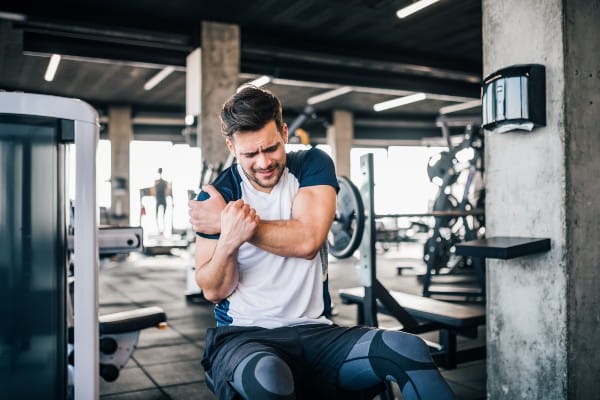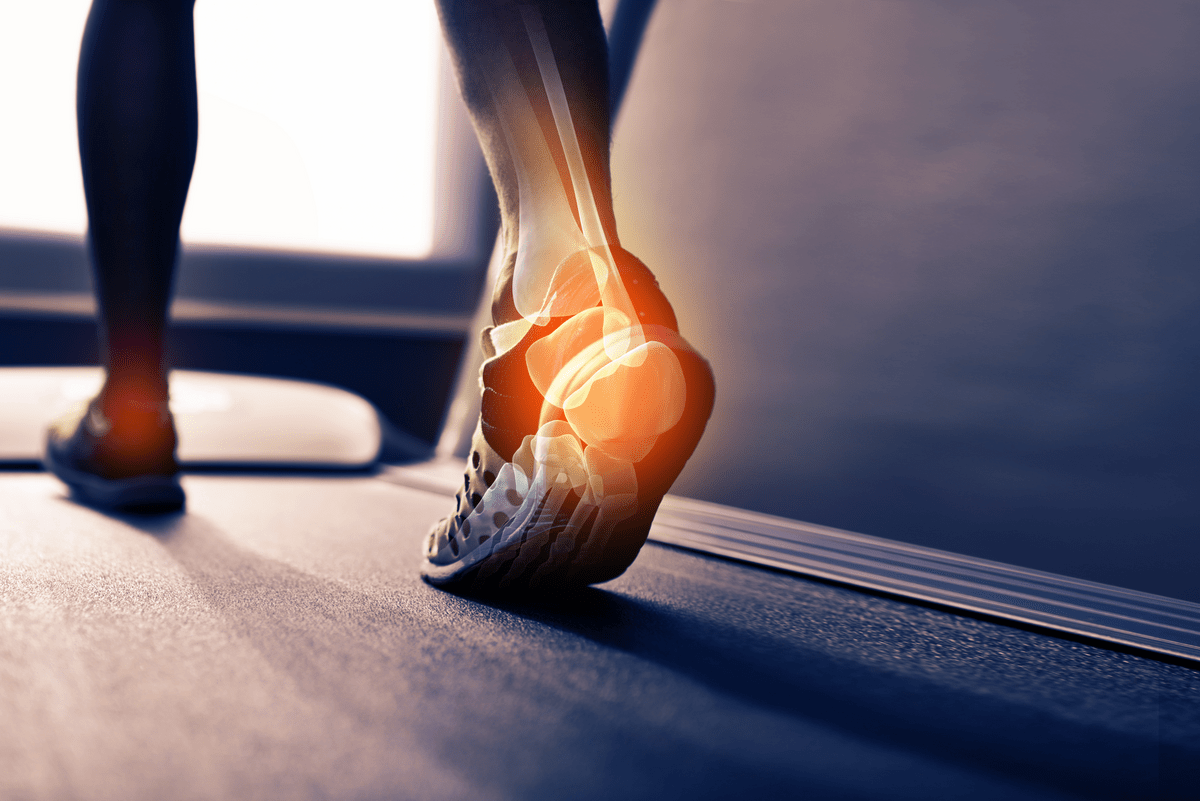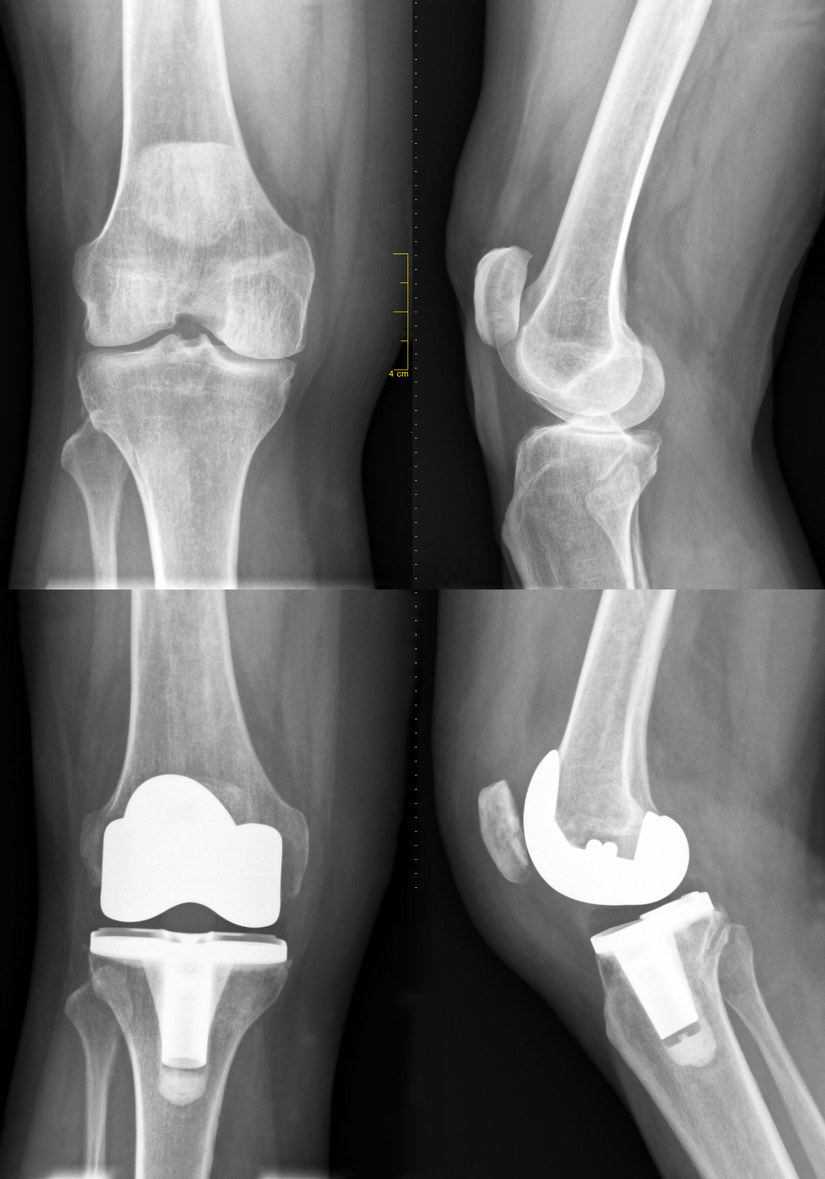For acute sports injuries, like a dislocation, broken bone, or badly torn ligament, going to the Emergency Room is a no-brainer. For lingering or more subtle pain, knowing when to go can be more complicated.
In general, when an injury still hurts after resting it, or it feels better until you exercise again, you should make an appointment with your primary care provider or a sports medicine physician.
“Our sports medicine physicians and sports medicine team want to help you return to play as quickly and safely as possible,” says Stephanie A. Giammittorio, D.O. “Many of us are athletes, too so we understand how hard it is to be sidelined because of an injury.”
Here are some tips to guide you when you’re evaluating a sports injury.
Acute sports injuries
Besides breaks or dislocations, other signs of an acute sports injury that require immediate care include:
- Inability to bear weight on a leg
- Intense pain and swelling
- Numbness
- Tingling
Sports injuries aren’t limited to orthopedic conditions. Get medical care right away if you experience:
- Back pain from a blow to the kidneys
- Chest pain
- Concussion symptoms
- Symptoms of heat exhaustion or heat stroke
- Shortness of breath
- Dizziness with exercise
Overuse sports injuries
Overuse injuries occur when an athlete repeats the same motion often without enough rest in between. This repetitive movement can affect muscles, ligaments, tendons, bones, and growth plates.
Some examples include elbow and shoulder injuries in pitchers, shoulder injuries in swimmers and elbow injuries in tennis players.
Stress fractures are also common overuse injuries especially in runners. They can happen when muscles become fatigued and transfer the stress overload to bones. This weakens the bone and can lead to small cracks.
In recent years, the number of overuse injuries has increased for youth as they specialize more and more in one sport.
For adults and kids, the first step in treating an overuse injury is often the RICE method. RICE stands for:
- Rest – Rest the injured area.
- Ice – Use cold packs 20 minutes at a time, several times a day.
- Compression – Use an elastic compression bandage to prevent more swelling.
- Elevation – Raise the injured area higher than your heart when you are resting to reduce swelling.
“If this doesn’t alleviate your pain in a few days to weeks, it’s time to make an appointment to see what’s wrong,” Dr. Giammittorio says. “You may need an X-ray, ultrasound, MRI or other diagnostic tests to see what’s going on.”
If you experience a sports injury, Riverside Sports Medicine services can diagnose the injury and create a treatment plan. Our team wants to help you return to play. We can also assist teams with screenings, clinics and prevention programs.



